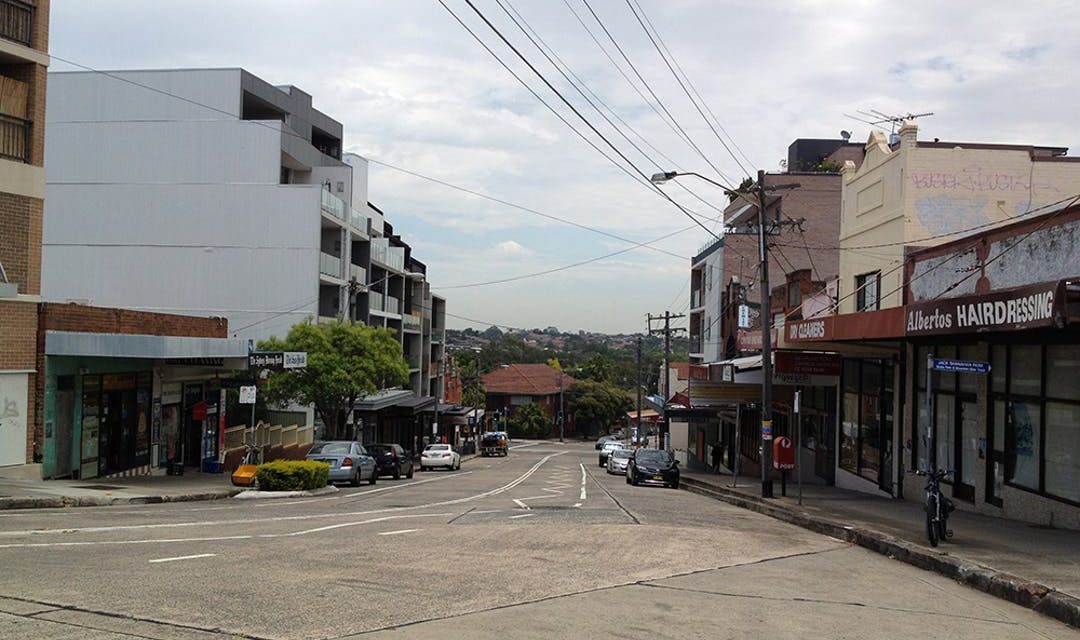Poor and disadvantaged Australian suburbs risk having urban hotspots that are more than 10 degrees higher than those found in greener, wealthier areas, an RMIT University study has found.
The research found Australian metropolitan areas have experienced a loss of vegetation equivalent to the size of Brisbane in the last three years, risking heat spikes particularly in less affluent areas.
The Where Should All the Trees Go report – produced together with CSIRO Data 61 and the University of Western Australia – examines greenness levels across Australia’s metropolitan areas and how 139 local governments are performing in their greening plans.
Lead author, Associate Professor Marco Amati from the RMIT Centre for Urban Research, says greening efforts of local governments had not been as effective as hoped.
“Governments keep track of the green cover in cities as this has implications for adaptability in extreme weather events, biodiversity, and is linked to the community’s overall wellbeing,” he said.
“Using i-Tree – a method for sampling urban vegetation distributions and land covers – we found there has been a major decline in canopy coverage.
“As they lose vegetation, urban areas start to act like heat sponges.
“Our study showed areas identified as less affluent are at risk of having urban hotspots that are more than 10 degrees higher than those found in wealthier areas.”
To identify which areas of socioeconomic and health disadvantage also coincide with a lack of green cover and a high incidence of heat, the team developed a new Vulnerability to Heat, poor Health, Economic Disadvantage and Access (VHHEDA) index.
“Using this index, we found that green spaces and heat concentration in Australia are spread unevenly, which is contributing to an uneven spread of economic and health circumstances,” Amati said.
Report co-author Dr Bryan Boruff from the University of Western Australia says urban vegetation losses and gains can often be explained by the changing nature of neighbourhoods across the country.
“Local governments showing the greatest green space losses across Perth lie in a band that stretches from inland Melville to coastal East Fremantle where the traditional Aussie backyard is losing ground to densification and infill,” he said.
“While it is known that the Australian backyard is disappearing, much more research is required to understand the factors influencing this unanticipated trend to help get our urban greening back on track.”


